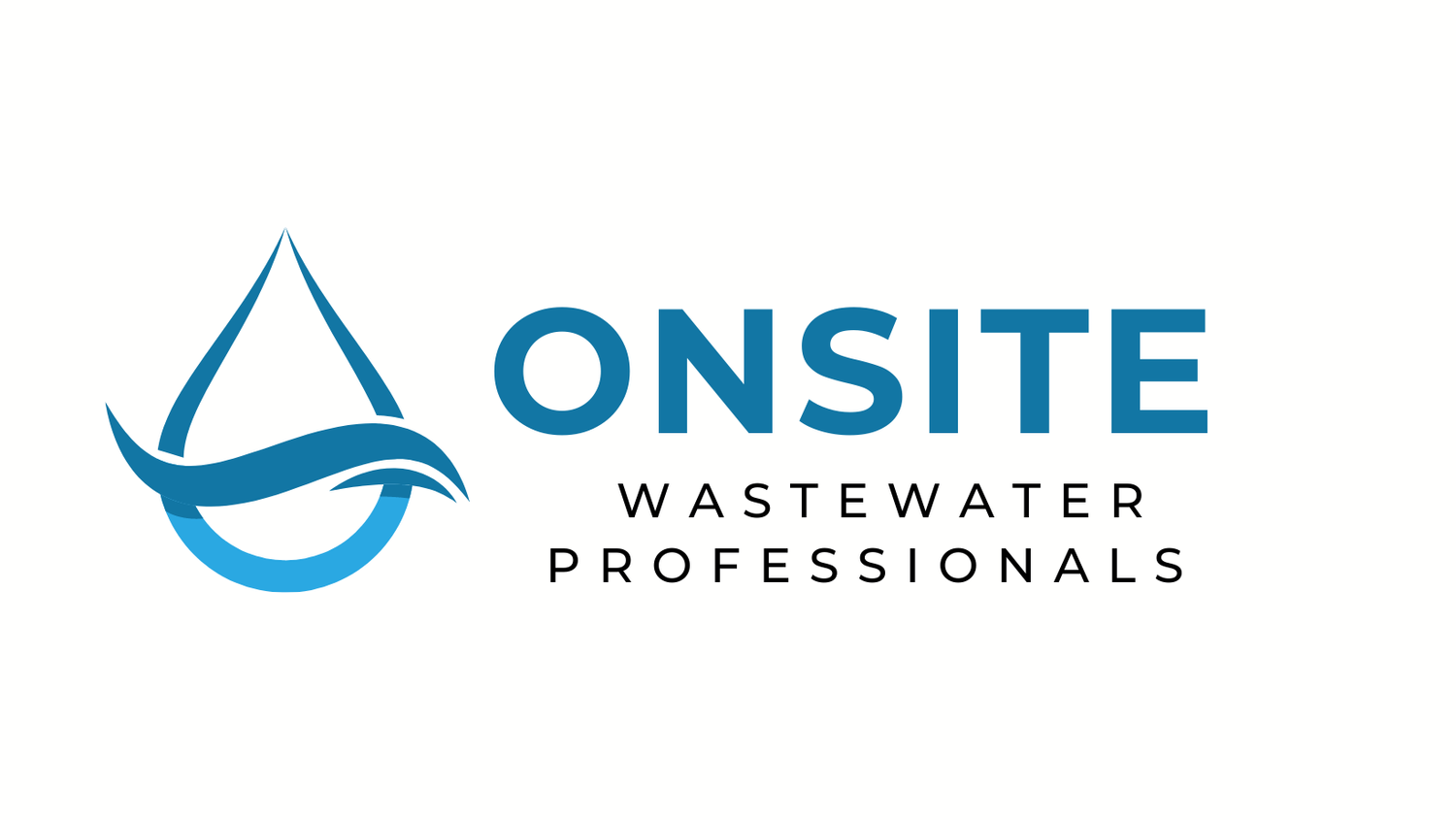AOWE Certification School
Course Title: North Carolina Authorized Onsite Wastewater Evaluator Certification
This intensive certification course is designed for professionals seeking to become North Carolina Authorized Onsite Wastewater Evaluators. The program covers the essential aspects of system design, installation, and inspection, with a strong emphasis on hands-on training, practical exercises, and real-life case studies. Attendees will gain comprehensive knowledge and skills necessary to evaluate, design, and permit septic systems across the state of North Carolina.
Agenda:
System Design
Introduction to System Design
Overview of septic system design principles
Importance of proper design for system efficiency and longevity
Design of Gravity Systems
Trench: Understanding the components and layout of trench systems
Bed: Design considerations for bed systems, including sizing and construction
Conventional: Conventional septic system design
Accepted: Overview of accepted systems and their applications
Innovative: Overview of innovative systems and their applications
Design of Pump to Gravity Systems
Trench: Key design aspects of pump-to-trench systems
Bed: Factors affecting the design of pump-to-bed systems
Conventional: Overview of pump-assisted conventional systems
Accepted: Pump-to-gravity systems that are widely accepted
Innovative Fill Systems: Exploring innovative fill systems that use pumps
Design of Additional Systems
Panel Block: Understanding the design and installation of panel block systems
Sand Lined Trench: Key components and design considerations for sand-lined trench systems
Anaerobic Drip: Principles and design of anaerobic drip distribution systems
Aerobic Drip: Pre-treated drip system design considerations.
Steep Slopes: Designing systems for challenging topography
Hands-On Field Exercise: System Design and Layout
Practical application of design principles
Site assessment and system selection
Laying out and flagging the chosen system
Final inspection of a wastewater system
System Installation
Installation Basics
Rules, Setbacks, and Design Flows: Regulatory requirements for septic system installation
Tanks: Types of tanks, their installation, and proper placement
Gravity Systems
Parallel: Installation of parallel gravity systems
Serial: Techniques for installing serial gravity systems
Beds: Proper installation of bed systems
Pump to Gravity Systems: Installation considerations for pump-assisted systems
Control Panels: Selection and installation of control panels for septic systems
Pressure Manifolds: Installing and configuring pressure manifolds
Saprolite: Working with saprolite soils in septic system installations
Sand-lined Trench: Installation techniques for sand-lined trench systems
Fill Systems: Proper installation of fill systems
Panel Block: Installation of panel block systems
Accepted Systems: Installation of accepted systems such as Chamber, EZ flow, and LDP.
Innovative Systems: Techniques for installing innovative septic systems
Drip Systems: Proper installation of drip distribution systems
System Inspection
Inspection Basics for All System Types
Key inspection points for different septic system designs
Understanding the inspection process and documentation requirements
Hands-On System Inspection
Conducting a thorough inspection of a real-life septic system
Identifying and addressing potential issues
Inspection Standards
Overview of state and local inspection standards and requirements
Ensuring compliance with all regulations
Problem Solving during Inspections
Techniques for identifying and resolving common inspection challenges
Collaboration and communication with installers and property owners
Overview of Current Rules for Subsurface Wastewater Systems
Staying up-to-date with the latest regulatory changes
Adapting inspection practices to comply with new rules
Pathways to Permitting:
Understanding the permitting process and requirements for septic systems in North Carolina.
Private AOWE permits, Hybrid(a2) permitting, Engineer Option (EOP)
Working with installers and regulators
Safety
Discuss possible safety hazards on job sites when evaluating and inspecting onsite wastewater systems.
Discuss common safety protocols and guidelines.
Discuss potential hazards on the job site and appropriate precautions for safety.
The importance of regular training and continuing education to help ensure that evaluators stay up-to-date on the latest safety procedures and best practices.
Additional Course Information:
The course emphasizes hands-on training, with field exercises and practical applications.
Attendees will receive a packet containing required documents for evaluator certification and forms for permitting.
The course is designed for a maximum of 15 attendees, ensuring personalized instruction and attention.

